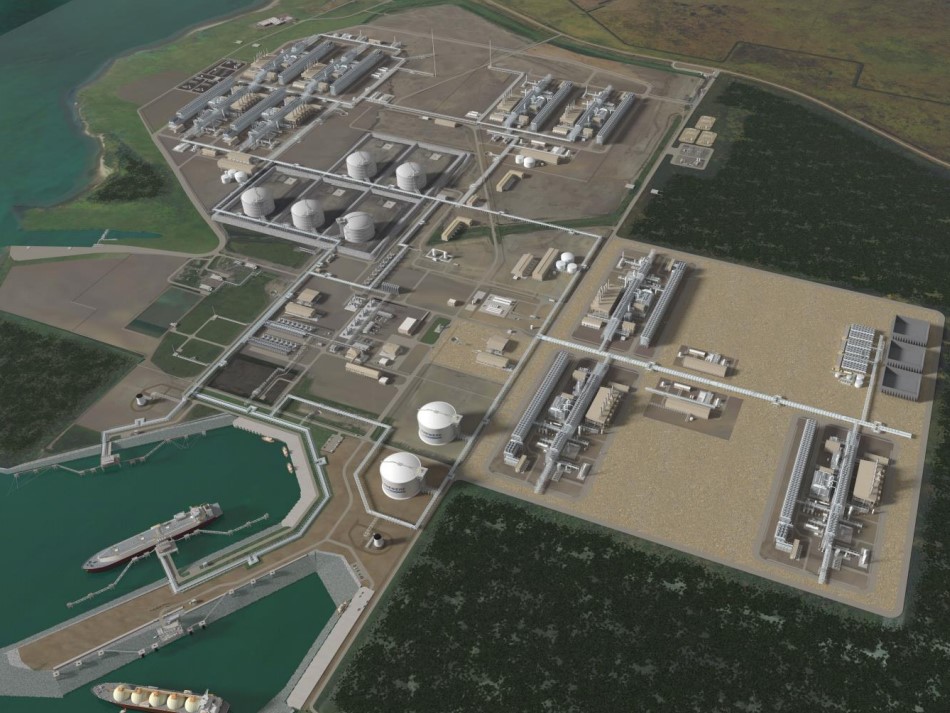US LNG exporter Cheniere has signed a long-term LNG sales and purchase agreement with an Asian firm and related to the planned expansion of its Sabine Pass facility in Louisiana.
Cheniere’s CEO Jack Fusco announced this deal during the company’s first-quarter earnings call on Tuesday.
“While we are not yet able to share specific details, last week, we executed a new long-term SPA with an investment-grade Asian end user that is linked to the SPL expansion project,” he said.
“This is an exciting signal that we are already gaining early commercial momentum on our recently announced expansion plans at Sabine Pass,” he said.
Sabine Pass currently has a capacity of about 30 mtpa following the launch of the sixth train in February last year, while Cheniere’s three-train Corpus Christi plant in Texas can produce about 15 mtpa of LNG and is already undergoing expansion.
In February this year, Cheniere initiated the pre-filing review process with the US FERC for the proposed Sabine Pass Stage 5 expansion project.
The project will include up to three large-scale liquefaction trains, each with a production capacity of about 6.5 mtpa of LNG, a boil-off-gas (BOG) re-liquefaction unit with a production capacity of 0.75 mtpa of LNG, and two 220,000-cbm LNG storage tanks.
Cheniere is targeting in-service by end of this decade.
More than 20 years
Fusco told analysts during the earnings call that Cheniere will supply about 0.4 million tonnes per year under the deal for over 20 years through 2047.
“Most of the volumes associated with the SPA are subject to FID of Train 1 of the Sabine Pass expansion project. We are excited to have already signed an SPA linked to the project and to be building commercial momentum as we progress development,” he said.
Fusco added that Cheniere progressed these project developments in an environment marked by cost inflation, rising interest rates, and “extremely competitive” LNG markets.
“These realities not only underscore the importance of Cheniere’s competitive advantages but also our resolute commitment to the investment parameters that guide our disciplined approach to capital investment,” he said.

